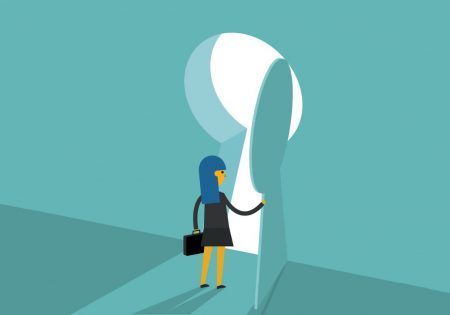Never miss a story — sign up for PLANADVISER newsletters to keep up on the latest retirement plan adviser news.
Pass-Through Tax Reform Impact on Small Businesses May Be Mitigated via Roth
The American Retirement Association says that tax reform could be a disincentive for small businesses to offer retirement plans; however, as one reader shares, there are counter considerations having to do with Roth 401(k) options that could mitigate some of the concern.
This week the American Retirement Association (ARA) issued a warning about the Congressional tax reform proposals’ potential impact on small business retirement plans, warning that certain features of the proposed tax reforms in the House and Senate could reduce independent business owners’ incentives for offering retirement benefits.
The basic argument is that small business owners’ distributions from their 401(k) plans would potentially be taxed at the 35% individual income rate in the future, rather than the lower qualified business income tax rate of 27% allowed for under the Senate Finance Committee bill. Thus, rather than structure income for the future through a tax-qualified retirement plan, a small business owner may simply opt to collect the income today at the so-called “pass-through” rate.
Responding to this argument, Dave Evans, co-founder of 401ksleuth in Stamford, Connecticut, says the ARA is correct in the broad details of its argument. However, he shares some important caveats. Notably, he says, to propose that small business owners will be in the 35% tax bracket in retirement would mean that they would have to withdraw $424,000 from their retirement savings in a given year. Even if they were in the 28% bracket, they would have to withdraw $238,000 from their savings, Evans says. This category will certainly include many successful small business owners, but it is only a segment of the business owning population.
“I do not think that the 35% bracket is a fair proxy,” Evans says. “Even if a small business owner had $3 million in their 401(k) plan, if they applied the 4% a year withdrawal rule, they would have annual income of $120,000. Even if you add Social Security benefits, you are not getting to $200,000 in annual income. Instead, it is more likely that many will be in the 25% bracket. And even if they were to sell their business, they would be taxed at a capital gains rate, which is lower than ordinary income.”
Furthermore, unless the small business is truly a mom-and-pop shop, the business is likely to have employees, and like any other business, the company needs to offer a retirement plan to attract people, Evans adds.
Finally, he says, “another mitigating consideration is the plan design opportunity to allow a small business plan sponsor to offer both the regular pre-tax 401(k) deferral option but also offer a Roth 401(k) component. In that case, a business owner that feels that their pre-retirement tax-bracket is lower than their retirement tax bracket could save significantly more through the 401(k) Roth feature versus a Roth IRA. The Roth feature would allow them for 2018 to contribute $18,500/$24,500, if age 50 by the end of the year, and receive the distribution tax-free assuming current rules. This is significantly more than the $5,500/$6,500, if over age 50, for IRAs for 2018. I believe advisers should point this out to clients and potential clients, as some accountants may not be aware of this avenue and may recommend that pass-through clients should not implement a 401(k) plan.”
You Might Also Like:

How to Establish Better Decumulation Options for Future DC Plans

US Retirement Market Evolves Amid Growth, Challenges



